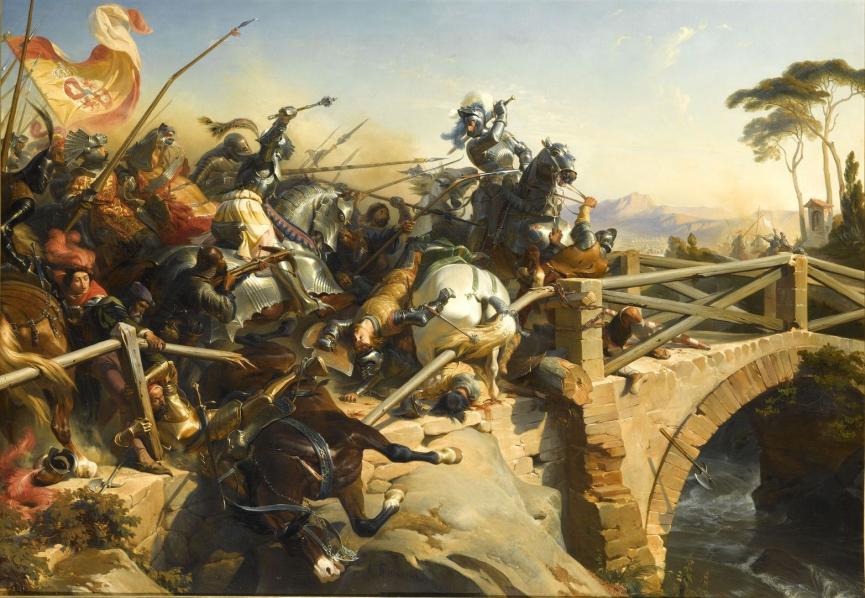You are talking out of the wrong orifice.
Battle of Dimbos(1303) = infantry with cav support
Battle of Pelekanon(1329) = 5000 infantry, 3000 cavalry, 300-500 horse archers
Battle of Bileća(1388) = 12 000 infantry, 6000 cavalry
Battle of Kosovo(1389) = 2,000 Janissaries, 2,500 of Murad's cavalry guard, 6,000 sipahis, 20,000 azaps(infantry) , 8,000 troops from his vassals(mostly infantry).
Battle of Nicopolis(1396) = Third of army is reported as cavalry, rest if infantry, this is supported by the description of the battle itself, battle won/decided by Serbian heavy knights who fought on Ottoman side
Battle of Varna(1444) = also a battle won nearly entirely by Ottoman infantry after being nearly wiped out by the initial charge of the heavy knights









 Reply With Quote
Reply With Quote



















